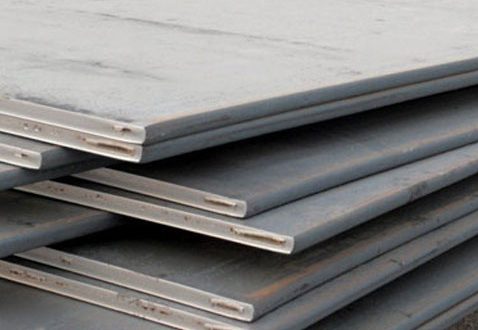A36 steel plate is one of the most popular and widely used types of steel in the construction and manufacturing industries. Known for its excellent strength, versatility, and affordability, A36 steel plate is a preferred material for a variety of applications. This article explores the key characteristics, applications, and benefits of A36 steel plate, providing a comprehensive overview for those interested in this essential material.

Key Characteristics of A36 Steel Plate
Composition and Properties: A36 steel is a low-carbon steel, primarily composed of iron with small amounts of carbon (up to 0.29%), manganese (up to 1.03%), phosphorus (up to 0.04%), sulfur (up to 0.05%), and silicon (up to 0.28%). This composition gives A36 steel its unique properties:
- Tensile Strength: It typically has a tensile strength of 58,000-79,800 psi, making it strong enough for structural applications.
- Yield Strength: The minimum yield strength is 36,000 psi, indicating it can withstand significant stress before deforming.
- Ductility: A36 steel is known for its good ductility, allowing it to be formed and welded without cracking.
- Machinability: It is easy to machine and fabricate, lending itself to a wide range of uses.
Surface Finish: A36 steel plates can be supplied in a variety of surface finishes, including hot-rolled, cold-rolled, and galvanized, depending on the specific requirements of the application.
Applications of A36 Steel Plate
A36 steel plate's combination of strength, formability, and affordability makes it suitable for a wide range of applications, including:
1. Structural Applications:
- Construction: Used in the construction of buildings, bridges, and other infrastructure projects due to its strength and durability.
- Frames and Supports: Ideal for frames, supports, and braces in various structures.
2. Manufacturing:
- Machinery Parts: Commonly used to manufacture parts for industrial machinery due to its machinability.
- Automotive: Utilized in the production of automotive components.
3. Fabrication:
- Metal Fabrication: Widely used in metal fabrication shops for making custom components and assemblies.
- Shipbuilding: A36 steel plate is often used in shipbuilding for its strength and weldability.
4. Other Uses:
- Storage Tanks: Employed in the construction of storage tanks and containers.
- Pipes: Used for making steel pipes and tubes.
Benefits of A36 Steel Plate
- 1. Cost-Effective: A36 steel plate is relatively inexpensive compared to other high-strength steels, making it a cost-effective option for many projects.
- 2. Versatility: Its ability to be easily cut, shaped, and welded allows it to be used in a wide variety of applications, from simple structures to complex machinery.
- 3. Availability: A36 steel plate is widely available and can be sourced from many suppliers, ensuring that it is readily accessible for both large-scale projects and small-scale manufacturing needs.
- 4. Consistency: A36 steel offers consistent quality and mechanical properties, making it a reliable choice for engineers and manufacturers.
A36 steel plate is a fundamental material in the construction and manufacturing industries, known for its strength, versatility, and affordability. Its widespread use in structural applications, machinery manufacturing, and metal fabrication underscores its importance. Whether you are building a bridge, fabricating machine parts, or constructing storage tanks, A36 steel plate offers the performance and reliability needed to ensure the success of your project.








